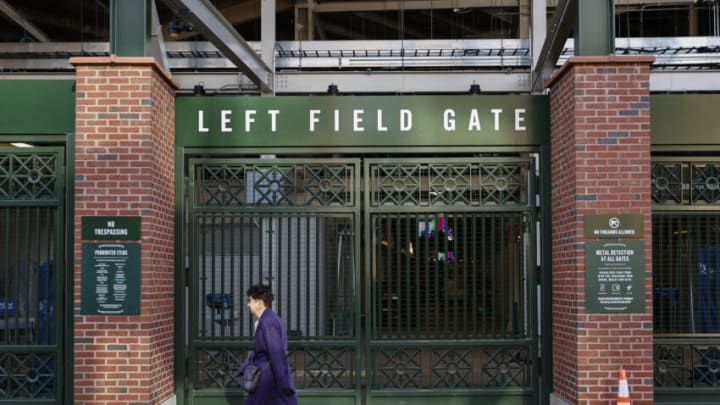
Free agency and service time
Owners implemented the lockout in part because they basically want to keep the existing system, which gives free agency after six seasons of Major League service. They have also offered to add a proviso allowing players to become free agents at age 29.5, whichever point occurs first.
The Players Association has proposed a system that would tighten free agent eligibility over time. Its proposal would reduce eligibility to five years of service — or age 30.5 — following the 2022 season, then reduce it again to five years or age 29.5 following the 2025 season.
This is obviously a major point of conflict in the lockout. Here’s the compromise solution.
The Players Association should counter the owners’ proposal. Taking a page from a suggestion made Wednesday by Ryan Spilborghs on the MLB radio show, “Loud Outs,” they should propose that the terms of qualifying for free agency be based on the time a player spends on a team’s 40-man roster rather than on Major League service.
From the Association’s standpoint, this would have the salubrious byproduct of eliminating the question of service time manipulation, at least for purposes of free agent eligibility. The same principle could be applied to the Association’s demand that something be done to address the existing inequities in the salary system, which substantially under-compensates younger players relative to their contributions to team success.
The one exception would be eligibility for MLB’s pension system, which sets full vesture at 10 years. Unless the two sides agree otherwise, that could continue to be based on actual Major League service.
